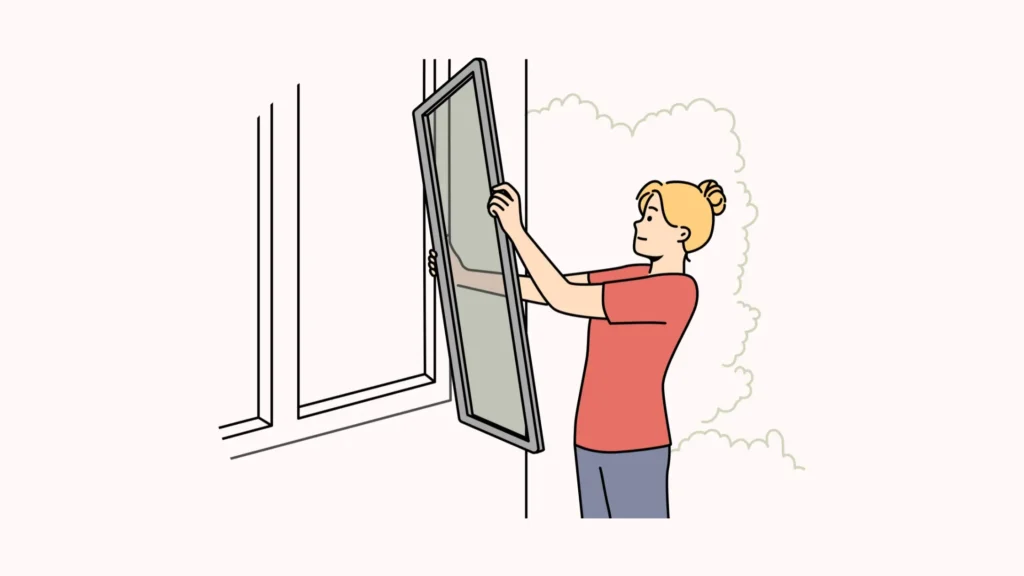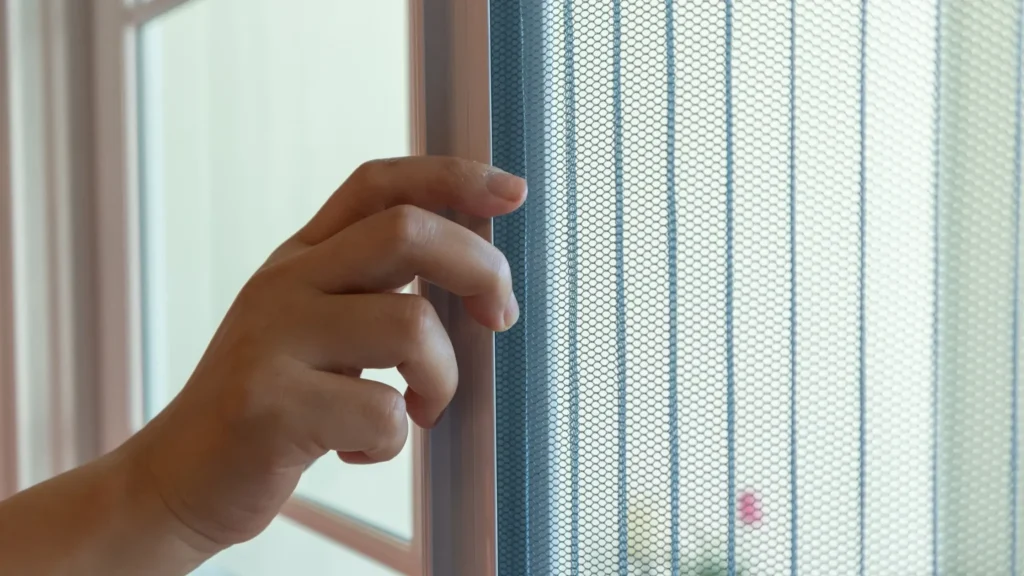When it comes to keeping your home free from unwanted pests, choosing the right window screening is crucial. The mesh size of your window screens plays a significant role in preventing insects from entering while allowing fresh air to circulate. But what size should the mesh in window screening be to effectively keep out pests? Let’s delve into the details to help you make an informed decision.
Understanding Mesh Sizes
Mesh size refers to the number of openings per linear inch in a screen. A higher mesh count means smaller openings, which can block smaller insects but may reduce airflow. Conversely, a lower mesh count allows for better airflow but may not be as effective against tiny pests.

Common Mesh Sizes:
- 18×16 Mesh: This is the standard mesh size for window screens, offering a balance between airflow and insect protection. It’s effective against common pests like flies and mosquitoes.
- 20×20 Mesh: Known as “no-see-um” mesh, this finer mesh is designed to keep out smaller insects like gnats and midges. However, it may slightly reduce airflow and visibility.
- 18×14 Mesh: Often used for patios and porches, this mesh size allows for increased airflow while still providing protection against larger insects.
Factors to Consider When Choosing Mesh Size
Selecting the appropriate mesh size depends on several factors, including the types of pests prevalent in your area, desired airflow, and visibility preferences.
Pest Types:
- Common Insects: For general protection against flies and mosquitoes, an 18×16 mesh is typically sufficient.
- Smaller Insects: If you’re dealing with tiny pests like no-see-ums or gnats, a 20×20 mesh offers better protection.
Airflow and Visibility:
While finer meshes block smaller insects, they can also reduce airflow and visibility. If ventilation and a clear view are priorities, you might opt for a standard 18×16 mesh.
Materials Matter
The material of your window screen also impacts its effectiveness and durability.
Common Materials:
- Fiberglass: Lightweight and affordable, fiberglass screens are resistant to corrosion but may tear more easily.
- Aluminum: More durable than fiberglass, aluminum screens are resistant to rust but can dent under pressure.
- Stainless Steel: Offering superior strength and durability, stainless steel screens are ideal for areas with high pest pressure but come at a higher cost.
Installation and Maintenance Tips
Proper installation and maintenance are key to ensuring your window screens remain effective over time.
Installation:
- Measure Accurately: Ensure you measure your window openings precisely to get the right screen size.
- Secure Fit: Install screens tightly to prevent gaps where insects could enter.
Maintenance:
- Regular Cleaning: Clean screens periodically to remove dust and debris that can clog the mesh.
- Inspect for Damage: Check for tears or holes and repair them promptly to maintain effectiveness.
Eclips Window Screening Services: Keep Pests Out with Quality Mesh Solutions
If you’re looking for a reliable way to keep unwanted pests outside where they belong, Eclips Service Hub offers top-tier window screening services designed for durability and effectiveness.
Why Choose Eclips for Your Window Screening Needs?
- Precision and Quality: Eclips installs screens using mesh sizes that are effective at keeping insects out while still allowing fresh air to circulate.
- Custom Solutions: Whether you need screening for new windows or replacement for worn-out mesh, they provide custom-fit solutions for any type of frame.
- Affordable and Efficient: Their team delivers professional results quickly and at competitive rates—ensuring your home stays pest-free without breaking the bank.
For more information or to schedule a service, visit Eclips Window Screening Service.
Conclusion
Determining what size the mesh in window screening should be to effectively keep out pests involves balancing insect protection with airflow and visibility. By understanding the different mesh sizes and materials available, you can make an informed choice that suits your home’s specific needs. Remember, regular maintenance of your screens is essential to ensure their continued effectiveness. And for all your drywall needs, trust the experts at Eclips Drywall Service to keep your home in top condition.

